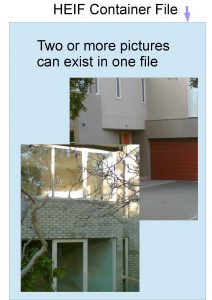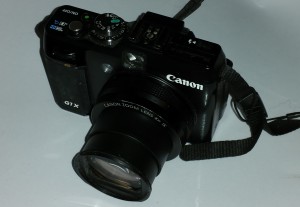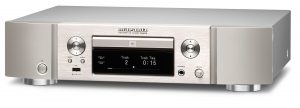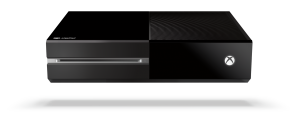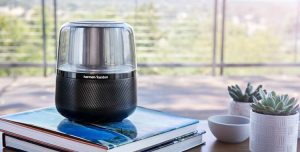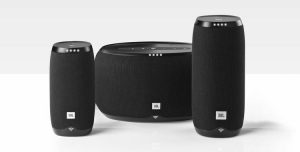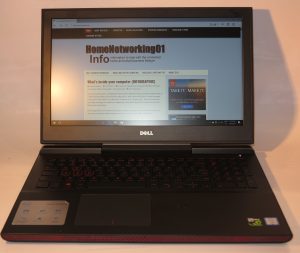How do I see the state of play with network-based multiroom audio?
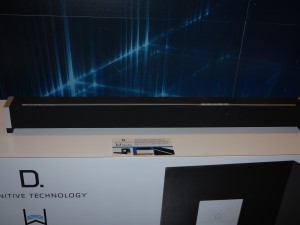
Definitive Technologies W-Series multiroom soundbar – an example of one of these network multiroom speakers
Increasingly everyone in the consumer audio-visual industry are releasing multiroom audio platforms that work across a small network to share audio content through your house.
This typically is used as a way for these vendors to “bind” most of their network-capable audio-video products having them serve as an endpoint for music around the house. For some manufacturers, this functionality is seen as a way to differentiate their consumer-electronics product ranges.
Key functions offered by most network-based multiroom audio platforms
Each unit in a network-based multiroom audio platform can be one of many AV device classes. These cam be: a speaker system that plays out the audio content; an adaptor device that plays the audio content through another sound system that has its own amplification and speakers; or a network-capable amplifier that connects to a set of speakers.
The adaptor devices are often promoted as a way to bring an existing hi-fi in to the context of a multiroom audio setup, but you could use computer speakers or a 1980s-era boombox for the same effect. Similarly, network-capable amplifiers may be seen as a way to get existing speakers as part of a multiroom audio setup.
There are different variations on the theme with soundbars that are connected to a TV, or receivers and stereo systems that are capable of acting in their own right as a sound system but can be part of these multiroom setups, or subwoofers that connect to the home network but exist to add some “kick” to the sound played by other speakers in the setup.
These work on the premise of the speakers existing on the same logical network of a “home / small-business” network setup. That is where
- the network is connected to one router that typically gives it access to Internet service,
- Wi-Fi wireless segments are set up according to the WPA-Personal (shared passphrase) arrangement
- members of a network are not isolated and can easily discover each other
- and you are not using a Web-based login page to use the network.
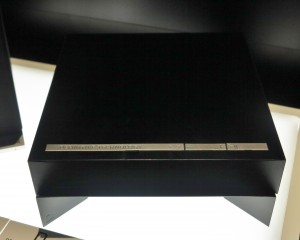
This Def Tech device is an “on-ramp” digital media adaptor for a network-based multiroom audio setup
The speakers can be set up as members of a logical group that typically represents a room, with the ability to have multiple logical speaker groups on the same logical network. Under normal operation, all speakers of that group play the same audio stream synchronously. As well, the hardware and software works together to avoid jitter and other problems associated with moving synchronous time-dependent audio content across packet-based networks.
Some platforms allow the creation of a multichannel group where a speaker or speakers play a channel of a stereo or multichannel soundmix. Here, you could have one speaker play the left channel of a stereo soundmix while another speaker plays the right channel of that stereo mix. This has led to the creation of surround-sound setups with a soundbar or surround-capable stereo receiver playing the front channels of a surround soundmix while wireless speakers look after the surround channels and low-frequency effects of that mix.
Let’s not forget that some systems have the ability to use certain speakers to handle particular frequency ranges of the audio stream. The obvious case is to bring in a wireless subwoofer to provide that bit of extra bass punch to the music. But it could be to use full-range speaker systems with improved bass response to complement speakers that don’t have that kind of bass response. In this case, the full-range speaker may be allow frequency-level adjustability and you could set things up so that it puts more of its power behind the bass while the other speakers provide stronger localised treble response.
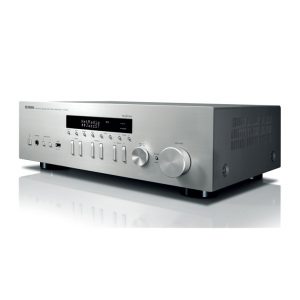
Yamaha R-N402 Network Stereo Receiver – a MusicCast-based example of a stereo component that cam stream its own sources to a network multiroom system or play content from an online or multiroom source
You can adjust the sound levels for each output device individually or adjust them all as a group, The individual approach can appeal to “party-mode” arrangements where different speakers are in different rooms and is of benefit where you can adjust the sound level on the device itself; but the group approach comes in handy with multiple speakers in one room such as a multichannel setup.
All of these setups use a mobile-platform app supplied by the platform vendor as the control surface. But some of them allow some form of elementary control like programme selection or sound-level adjustment through controls on the device or its remote control. Let’s not forget that an increasing number of these platforms are being supported by interfaces for one or more voice-driven home assistants so you can tell Amazon Alexa to adjust the volume or play a particular source through the system.
Most of these platforms allow a device to have integrated programme sources or input connections for external equipment and stream what’s playing through these sources or inputs through one or more other speakers. The applications put forward include to play the TV sound from a connected TV in the living room through a speaker in the kitchen or to have the music on a CD playing on the stereo system’s CD player coming through a speaker in the bedroom.
A party context for this feature could include connecting an audio adaptor with a line-level input to the DJ’s mixer output in parallel with his PA amplifier and speakers serving the dance-floor area. Then you “extend” the party sound that the DJ creates in to the other rooms using other wireless speakers / audio adaptors based on that same platform with each output device working at a level appropriate to the area each speaker or adaptor-equipped sound system is used in. Here, the multiroom audio setup can make it easy to provide “right-sized” amplification for other areas at the venue.
Increasingly, most of these platforms are being geared towards taking advantage of your home network to reproduce master-grade audio content recorded at the different speakers. Initially this was to cater towards file-based audio content sourced from online “download-to-own” music storefronts who cater to audiophiles but is catering towards high-quality streaming-music services. It also is a way to stream audio content from analogue sources such as your vinyl record collection across your home network without losing sound quality in the process.
The current limitations with these systems
The multiroom-audio platforms are created by the audio-equipment manufacturers or, in some cases, the companies who are behind the hardware chipsets used in these devices. Only one platform, namely DTS PlayFi, is created by a company who isn’t developing particular chipsets or equipment.
Here, this leads effectively to balkanisation of the network-based multiroom audio marketplace where you have to be sure all your equipment is part of one platform for it to work correctly. You may be able to work around this problem through connecting one unit from one platform to another unit belonging to another platform using a line-level, digital or Bluetooth connection, then juggling between two different mobile-platform apps to control the system.
What needs to happen?
As this product function evolves, there needs to be room to improve.
Firstly, there needs to be the ability for one to establish a network-based multiroom setup using devices based on different platforms. This would require creating and maintaining industry-wide standards and specifications under an umbrella “multiroom AV platform” that all the manufacturers can implement, in a similar way to HDMI-CEC equipment control via HDMI. The Wi-Fi Alliance have taken steps towards this by developing Wi-Fi TimeSync as a standards-based approach towards achieving audio synchronisation across Wi-Fi-based devices. Qualcomm is wanting to push the AllPlay
It would also be about identifying and creating multichannel audio setups that can work appropriately. In the case of a stereo setup, this would require the speakers to have the same output level and frequency response for a proper stereo pair. A surround setup would work with speakers that are part of a “pair” in the Front, Surround or Back (7.1 setups) having the same output level and frequency response. To the same extent, it could be about adding a subwoofer to speakers that can only handle the middle and higher frequencies.
Manufacturers also have to underscore whether these systems can work across any network segment types present in a home network including handling networks that are comprised of multiple segments. This can cater to wireless networks implementing either an Ethernet or HomePlug wired backbone, or one of the newer distributed-Wi-Fi networks. A few multiroom audio platforms have achieved this goal through the supply of equipment, typically stereo systems and adaptor devices, that uses Ethernet connectivity as well as Wi-Fi connectivity.
There is also the issue of allowing for network-based multiroom audio setups to have a high number of endpoint devices even on a typical home network. Here it is about how much can be handled across the typical network’s bandwidth especially if the network and devices implement up-to-date high-bandwidth technology.
This is important if one considers implementing one or more multichannel groups or use wireless subwoofers in every group for that bit of extra bass. It also is important where someone may want to run two or more logical groups at once with each logical group running the same or a different local or online content source.
Some manufacturers may determine device limits based on the number of logical groups that can be created. But I would still like to do away with placing an artificial ceiling on how large one can have their multiroom audio setup, with the only limit being the effective bandwidth available to the home network.
Conclusion
The network-based multiroom audio technology is showing some signs of maturity but a lot more effort needs to take place to assure a level playing field for consumers who want to implement such setups.



